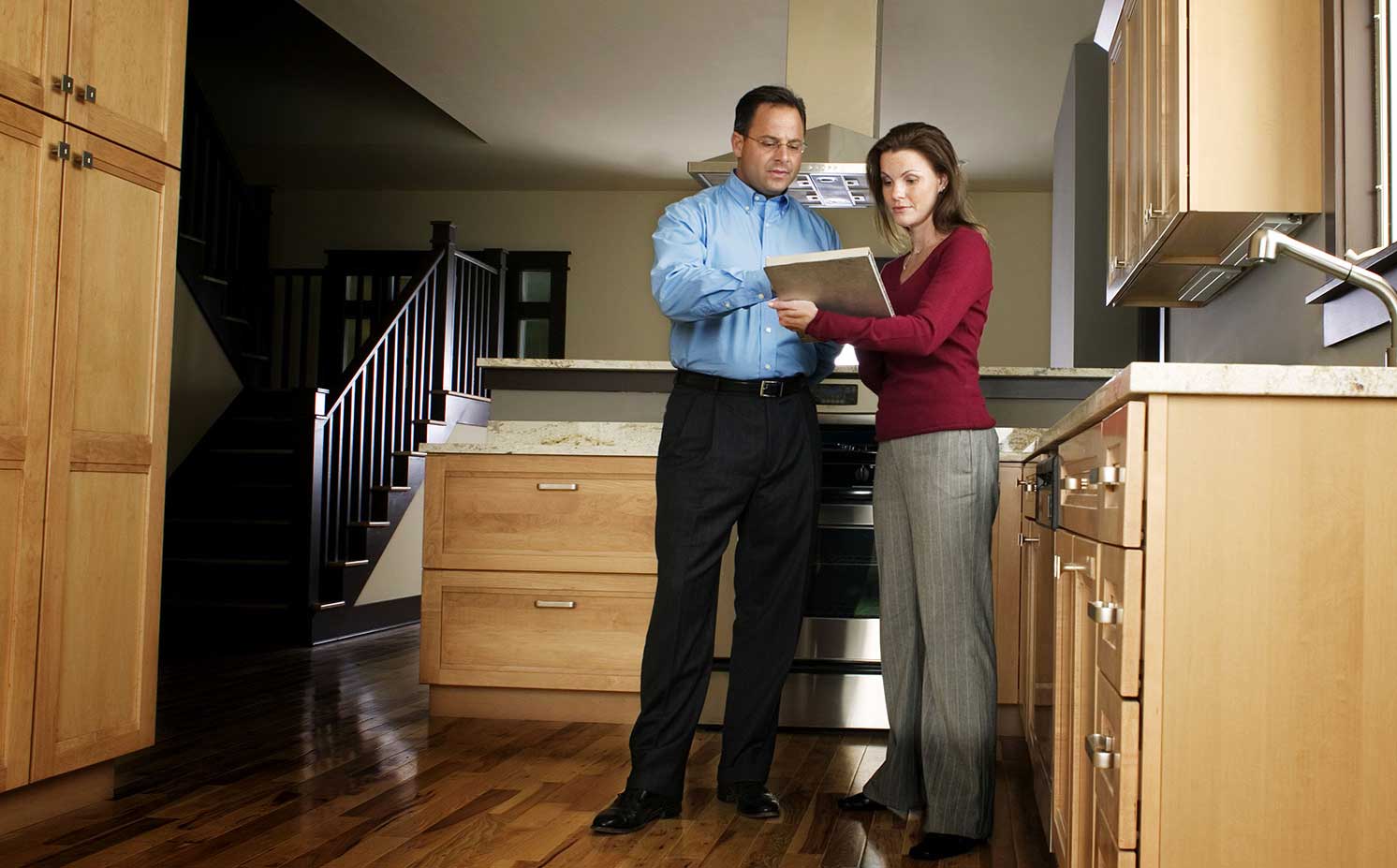What is Covered in a Typical Home Inspection?


A home inspection is a visual inspection of your home & major systems. It is meant to give you a comprehensive report at that moment in time of areas that require fixing or further evaluation by a specialist. It is also a helpful tool in negotiations with the seller on who pays for repairs.
What is covered in a typical home inspection is largely dictated by the home inspector's state standards and/or the 2 main associations that most inspectors belong to:
Each organization (and in some cases state licensing board) has their own Standards of Practice (SOP) that covers what their home inspectors are required and not required to inspect. There are slight nuances between each, but all have very thorough, similar standards for which their home inspectors must adhere to.
Each inspector has a different level of detail and flow for how they inspect a house, and their report will reflect that. Be sure to look at a prospective inspector's sample home inspection report to ensure that it is an informative, easy to navigate report.
Here is a list of what to expect and the main areas of a home that most inspectors will cover:
This section will generally include:
This section will generally include:
Inspectors aren't required to climb on the roof to inspect, but many will if it is easily accessible and safe.
This section will generally include:
There must be sufficient headroom for inspectors to enter attic spaces or they may not be able to inspect.
This section will generally include:
Inspectors are not required to test every outlet, move furniture or appliances, or test ancillary items like burglar alarms, timers, etc.
This section will generally include:
This section will generally include:
This section will generally include:
Inspectors generally aren't required to operate gas fireplace inserts, light pilot flames or inspect interior of chimney or flues.
This section will generally include:
Inspectors are not required to inspect household appliances or move carpets, furniture, etc. to inspect concealed flooring.
While home inspection reports aren't required to give you guidance on what to do next or who to call for quotes, it's very helpful when they do. In some instances, your home inspector will be able to give you ballpark figures for how much fixes will cost.
Experienced inspectors are generally comfortable giving you their opinion on average life spans and common remedies, with the knowledge that they aren't liable should something go wrong.
Their advice and guidance should never be a substitute for an inspection by a qualified, licensed contractor in that category.
If there is any questions as to what's covered, definitely ask your home inspector before signing the inspection agreement so there are no surprises.